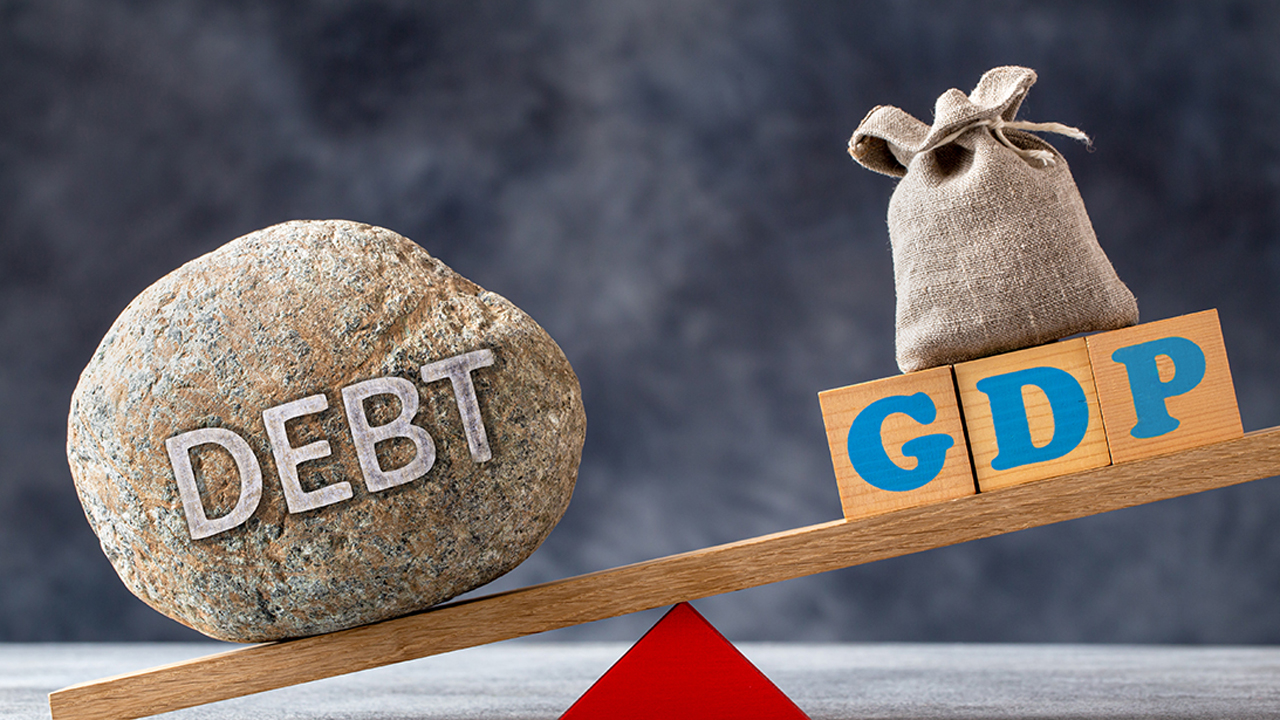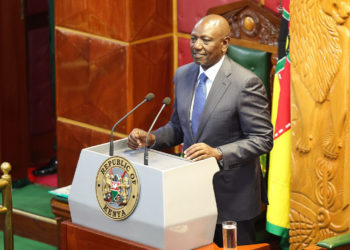Kenya faces a growing risk of debt distress within the Sub-Saharan African region, primarily driven by the continuous expansion of its public debt amid a challenging macroeconomic environment.
As of June 2023, Kenya’s public debt, according to the Central Bank, stood at Kshs 10.2 trillion, equivalent to 70.2% of its GDP. This marked an 18.8% increase from the KES 8.6 trillion, representing 66.2% of GDP, recorded in June 2022.
The Kenyan government has undertaken various measures to alleviate its debt burden, including widening the tax revenue base and reducing non-priority expenditures. However, these efforts have been hindered by inflationary pressures stemming from increased fuel prices, aggressive currency depreciation, and sluggish economic growth.
The composition of Kenya’s public debt has also evolved over time, with the share of multilateral debt in the country’s external debt increasing by 5.6% to 50.4% in June 2023, compared to 44.8% in a similar period in 2022.
This shift can be attributed to loans amounting to USD 1 billion (KES 138.6 billion) from the World Bank and USD 415.4 million (KES 58.9 billion) from the IMF for budgetary support. Notably, a significant portion of Kenya’s external debt is denominated in US Dollars, exacerbating the cost of servicing the debt due to the continuous depreciation of the Kenyan shilling against the US Dollar.
The elevated debt level carries negative implications for the Kenyan economy, including increased costs associated with servicing the debt due to foreign currency obligations in light of the weakening local currency. This, in turn, results in higher taxation as the government seeks to meet its debt commitments.
Another consequence is the heightened cost of raising additional funds, as reflected in rising Eurobond yields, as lenders demand higher interest rates for new loans, given the elevated credit risk. This dynamic stifles private sector activities and economic growth.
Furthermore, high levels of debt often constrict fiscal space, limiting resources available for vital infrastructure and capital expenditure, as the government allocates a significant portion of its resources to debt servicing. To mitigate these challenges, Kenya must prioritize fiscal consolidation and debt sustainability to avert the risk of loan default and promote economic recovery.

















